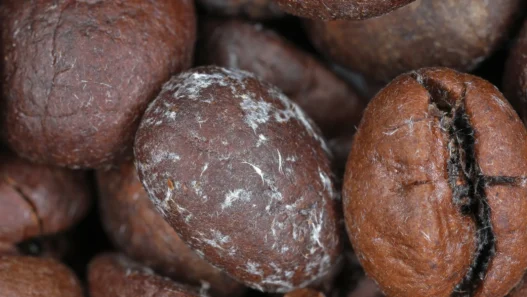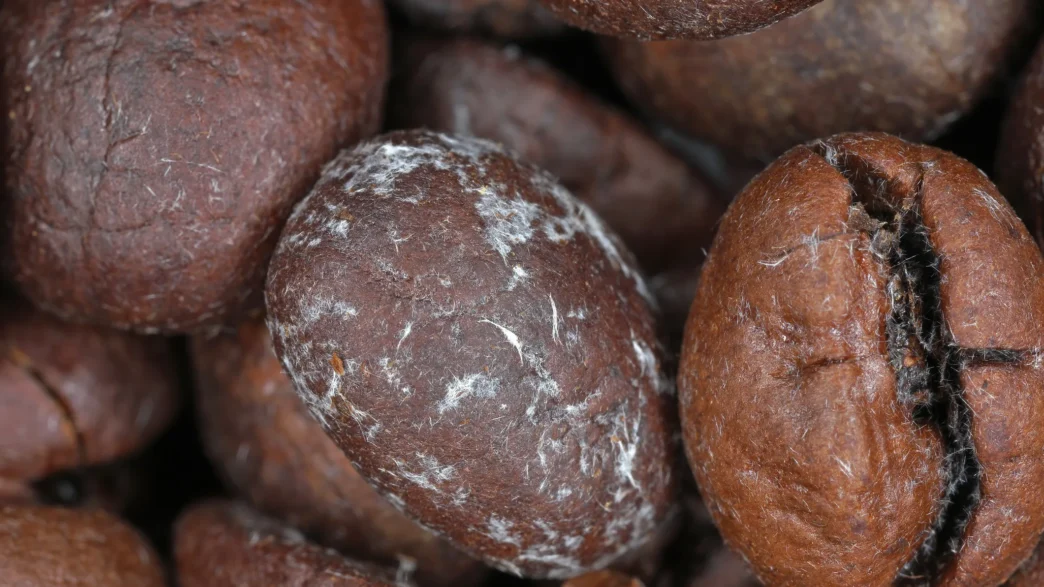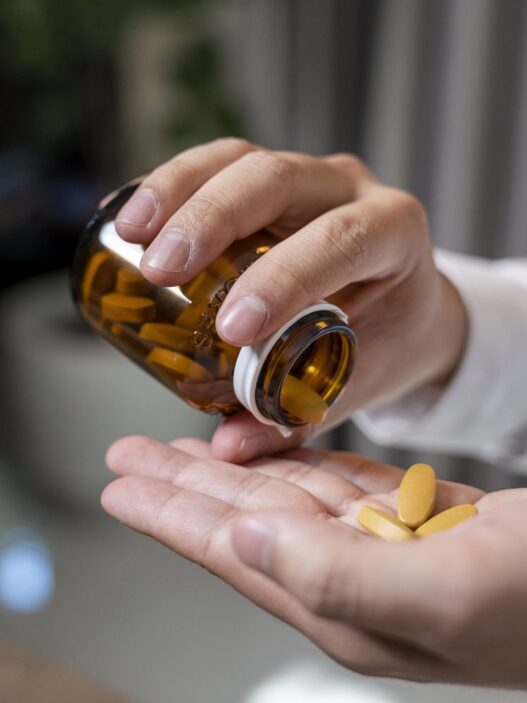Coffee is everywhere – morning routines, late-night work, weekend relaxations. But there’s a side many don’t see: coffee beans can carry mold and mycotoxins.
Studies have looked into where mold in coffee comes from, how dangerous it is, and practical ways to reduce risk. This article puts that together so the information is useful, not scary.
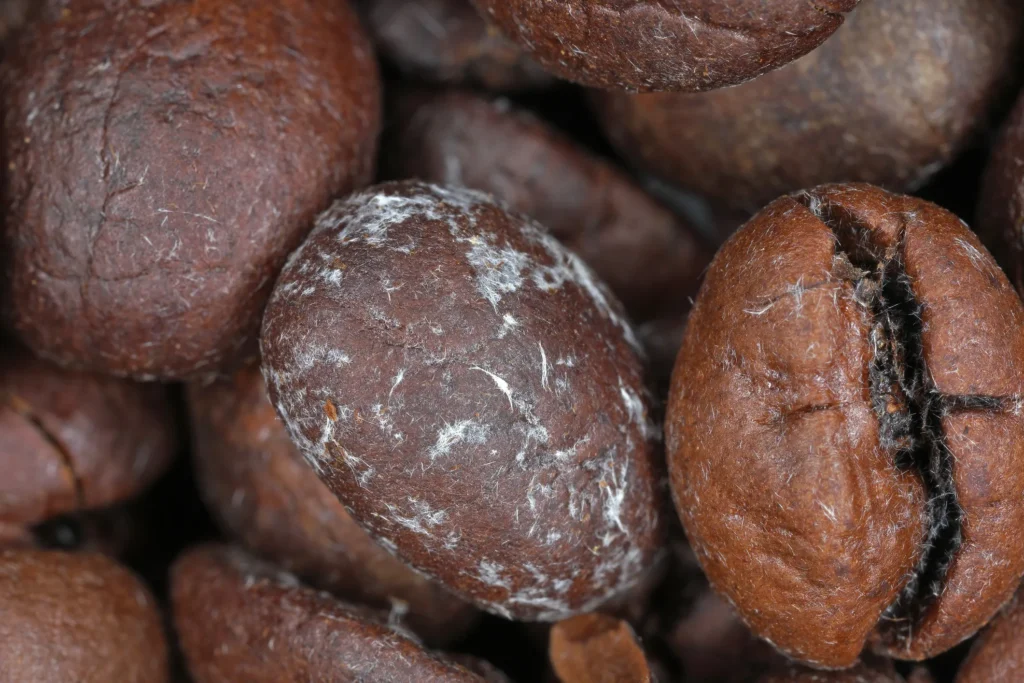
Where Mold and Mycotoxins Come From
Coffee starts in farms, often in humid, tropical regions. After harvesting, it must be dried. If drying is slow, or if the surfaces are poor (soil, tarps with low air flow), mold-producing fungi like Aspergillus ochraceus can grow.
It is found that drying coffee on soil produced more ochratoxin A (OTA) than drying on tarpaulin or cement with frequent raking. Using tarpaulin and raking 4 times a day kept both mold incidence and OTA levels lower.
Drying methods matter a lot. In South Sumatra (Indonesia), beans dried on asphalt roads had lower moisture and fewer types of fungi than beans dried on tarpaulin. Tarpaulin‐dried beans had more diversity of fungi that can produce OTA.
How Roasting Reduce Exposure
People are concerned, does roasting kill mold or reduce mycotoxins? Research shows yes, but that depends on roasting conditions (temperature, time, darkness of roast).
One study found that roasting naturally OTA-contaminated green coffee significantly reduced OTA by 69-96%, depending on roasting level from light to dark. Another observed that dark roasting produces greater reduction. Medium‐to‐high roast levels are better than light roasts.
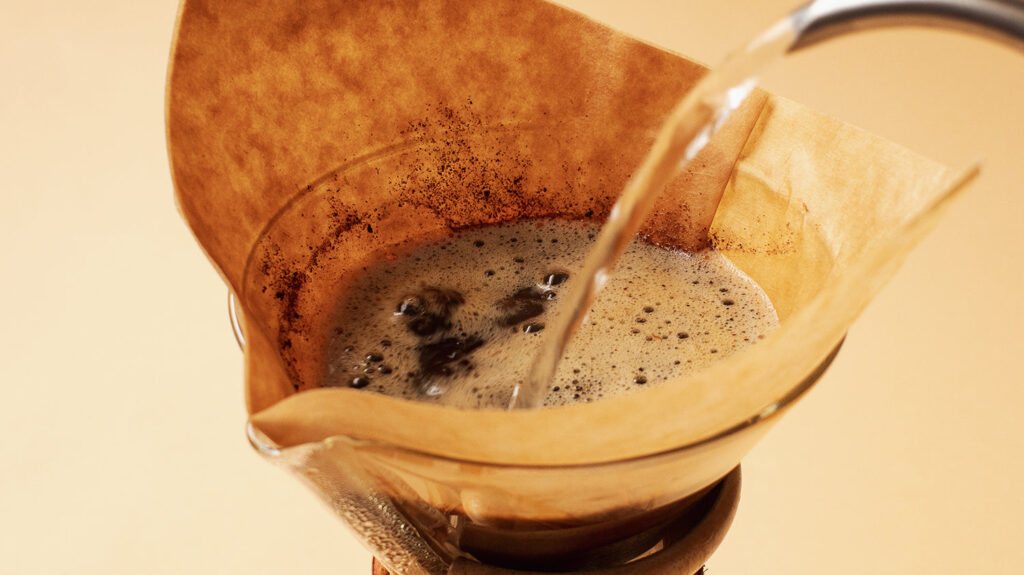
How Much Risk Does Mold in Coffee Actually Present?
Mold and mycotoxins are not always dangerous in coffee-context matters (how much, how often, how high the toxin level).
A paper titled “Mycotoxins in coffee” reviewed many studies; it found that while green coffee often shows mold/mycotoxin presence, after roasting and normal commercial processing, levels are usually quite low.
Another study evaluated different coffee types (green, roasted, instant) and found that instant coffee had higher OTA on average, but still in many cases within permissible safety limits.
Yet, some roasted or soluble samples-especially when contamination or improper processes are involved-exceed safe limits set by regulatory bodies. It means paying attention to source and preparation matters.
What Can Be Done (By Growers, By You)
There are practical, research‐backed steps both producers and consumers can take to reduce mold and mycotoxin risk.
1. Improve drying methods on farms
Use raised beds, tarps, cement or clean surfaces rather than soil. Increase frequency of turning/raking cherries during drying. Dry more often. Keeps moisture even.
2. Use good roasting practices
Darker or “more intense” roast (higher temp, longer time) reduces OTA and aflatoxins better. Be aware that too low roasting may leave more toxins. Not all roasting eliminates toxicity filly.
Check coffee roasting guide here.
3. Choose brewing method carefully
Brewing methods with shorter contact times (e.g., espresso style) can reduce toxin extraction more than long infusion-style brews. Keep clean equipment; moisture inside equipment can allow new mold growth.
4. Storage and post‐process handling
Once beans are roasted, store them in dry, cool, sealed containers. Moisture is enemy here.Avoid prolonged exposure to humid air or warm storage.
5. Testing and regulation
Farms and roasting facilities doing regular testing for OTA/AFs helps ensure safety. Some studies identify bacterial volatiles that can inhibit fungus growth, pointing toward future biological controls.
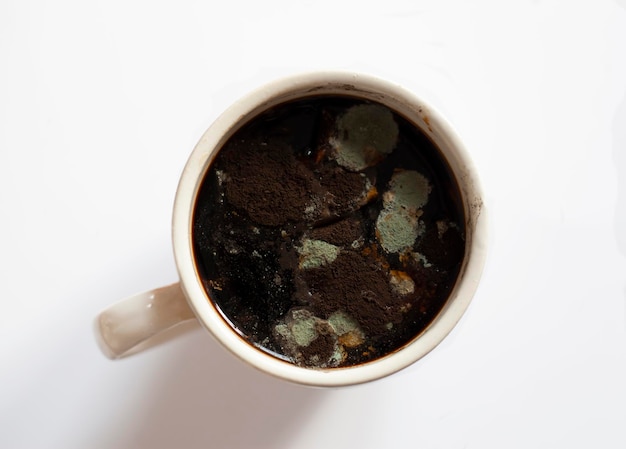
What can a consumer do
- Check the quality before buying the beans.
- Check roast level; darker roasts are safe options
- Check for smell or visible mold-if beans smell musty, don’t use them.
- Once opened, store airtight, dry, avoid moisture.
- Use brewing method you prefer, but avoid over-infusion in weak containers or methods that allow moldy flavors.
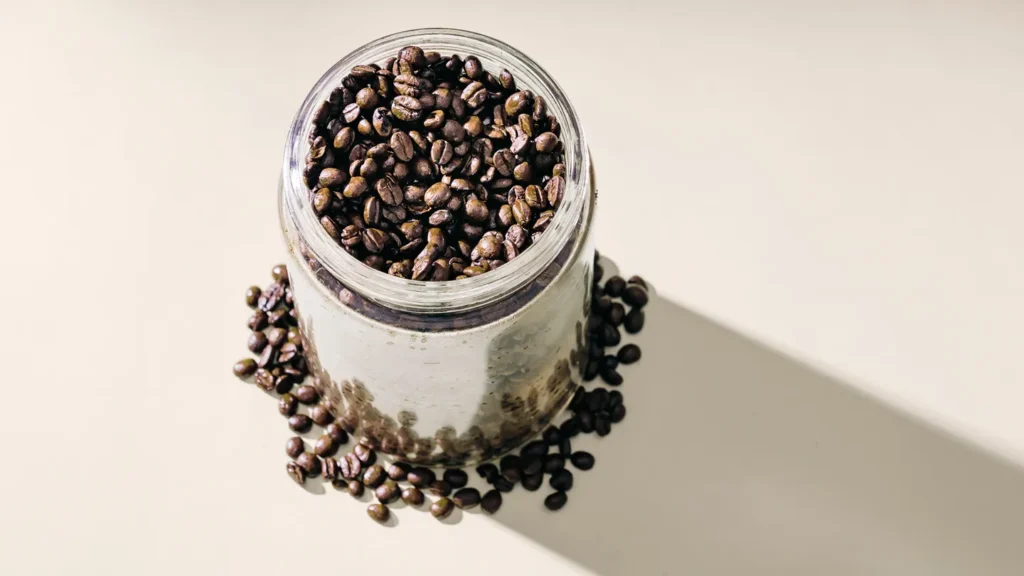
Conclusion
Mold and mycotoxins in coffee are real issues at farm and early processing stages. But for properly roasted, well-handled commercial coffees, the risk is much smaller.
Research shows that with good drying, proper roasting, sensible brewing, and good storage, exposure can be reduced to levels that most experts consider safe. Choosing quality sources matters most.






